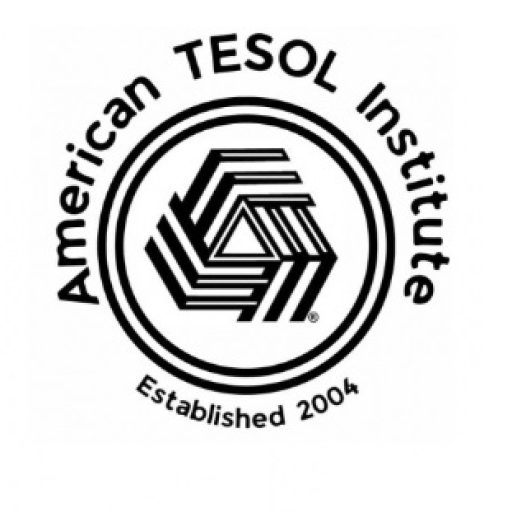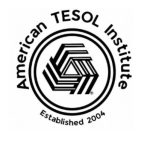Parental involvement is a crucial factor in student success, particularly for English language learners. When parents actively participate in their child’s education, it creates a supportive environment that fosters learning and growth. This article will explore strategies for engaging parents in the ESL classroom, emphasizing the importance of communication, collaboration, and empowerment.
Communication: The Foundation of Engagement
The first step to engaging parents is establishing clear and open lines of communication. Initiate contact early in the school year, making the first conversation positive and personal. Assure parents that you are committed to their child’s success and that you value their partnership. Consider using multiple communication channels, such as email, phone calls, newsletters, and even social media, to reach parents in ways that are convenient for them.
Active Collaboration: Building Partnerships
Beyond communication, invite parents to become active collaborators in their child’s education. Host parent workshops where you can share information about your teaching methods, curriculum, and expectations. Encourage open discussions, allowing parents to share their concerns and ask questions. Provide examples of classroom materials and activities, demonstrating how parents can support their child’s learning at home.
Empowerment: Giving Parents a Voice
To truly engage parents, it’s essential to empower them by giving them a voice in their child’s education. Seek their input on class content and activities, allowing them to contribute their knowledge and cultural perspectives. Delegate tasks or projects that both students and parents can complete together, fostering a sense of shared responsibility and teamwork.
Conclusion
Engaging parents in the ESL classroom is not merely an option; it’s a necessity. By establishing open communication, fostering collaboration, and empowering parents, educators can create a supportive learning environment that benefits all students. Remember, when parents feel valued and involved, they are more likely to actively participate in their child’s education, leading to improved academic outcomes and a more positive overall learning experience.
Additional Tips:
- Cultural Sensitivity: Be mindful of cultural differences and adapt your communication and engagement strategies accordingly.
- Language Accessibility: Provide translated materials or interpretation services to ensure all parents can participate fully.
- Ongoing Engagement: Maintain regular communication and offer various opportunities for involvement throughout the school year.
- Celebrate Success: Acknowledge and celebrate the contributions of parents and students, fostering a sense of community and shared achievement.
By implementing these strategies and fostering a strong partnership with parents, ESL educators can create a dynamic and inclusive learning environment that supports the success of every student.
Visit the TESOL Webinars wiki page for more classroom resources.



